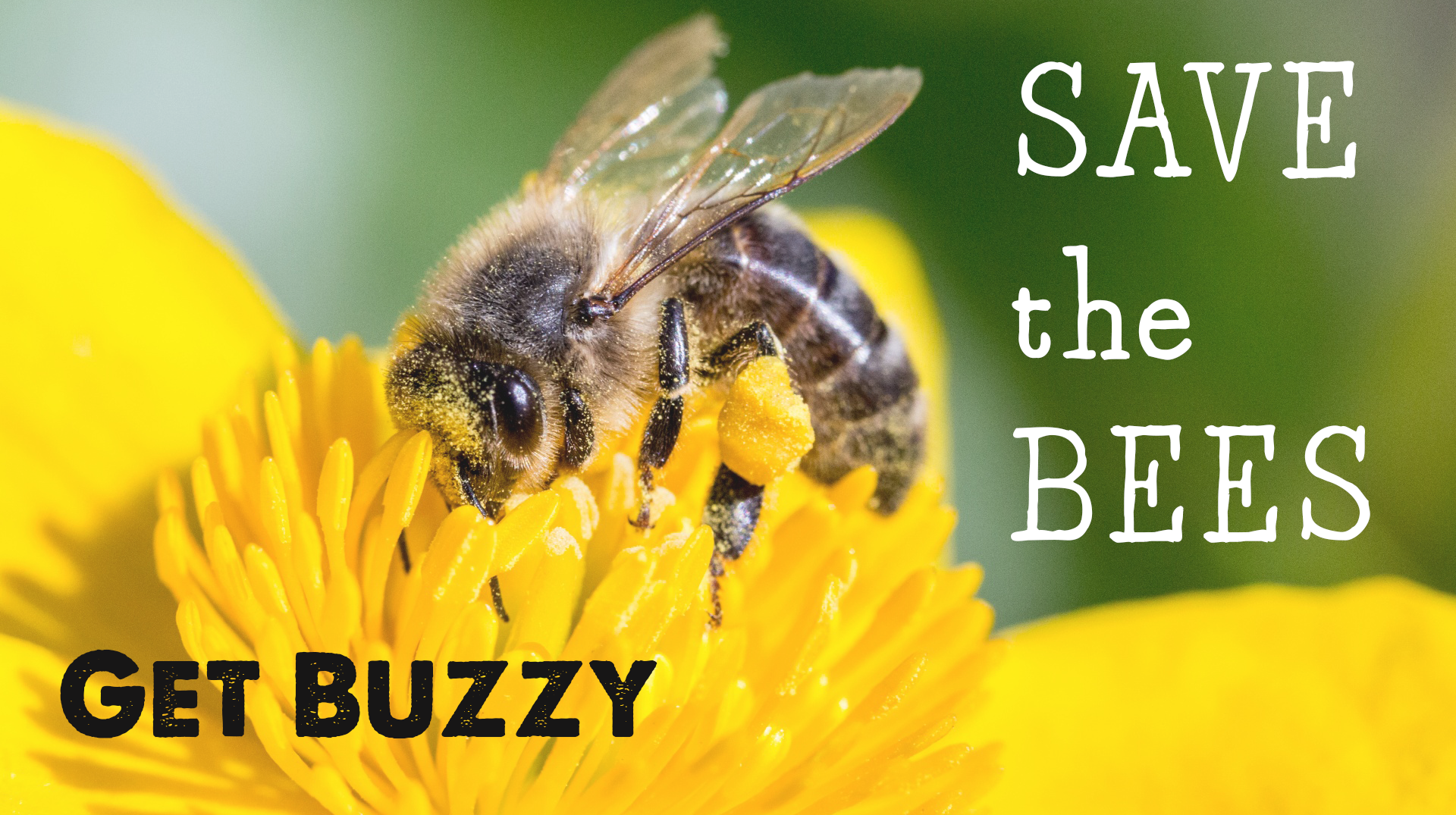
Help Bees
Bees are having a hard time in today's hectic world, mostly because of the human pollution of nature with toxic chemicals. Pesticides are weakening pollinator immune systems, leaving them more prone to diseases and parasites.
Also, healthy food sources and places to nest are disappearing, with "pollinator deserts" replacing once abundant wildflower meadows. Commercial beekeepers are moving honey bees and bumble bees around from state-to-state, narrowing their genetic diversity and spreading bee parasites and pathogens in the process.
Habitat loss, acute and chronic pesticide poisoning, diseases and parasites, increasing intensification of conventional farming, and even the impacts of climate change are all taking their toll on bee health. Many of our bees are sick, stressed, and undernourished. But everyone can help save bees!
Not all of us have to become beekeepers in order to do our part. There are many different ways anyone can help.
Making a difference starts with every one of us - if not you and I, who else?
Many of the steps that you take to help the bees will also help other pollinators too!
Never underestimate the power and importance of small steps you take in your own garden - large or small. If we all do our part to create a "feeding station", free of toxic poisons, then together we will gradually and increasingly create linked habitats.
People everywhere are taking steps... so what are you waiting for?
Bee a Beekeeper
.jpg)
As we've discussed at length, beekeeping is one of the best ways to help the bees. The more natural and caring beekeepers there are, the better it is for the bee population.
By starting a honeybee hive, you directly impact the health of your local ecosystem. Plus, you get the added benefits of bee hive products, as well as the satisfaction and joy of working with a hive.
Don't Spray Pesticides
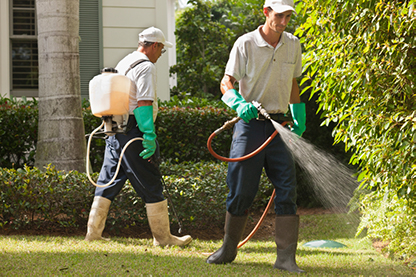
Avoid spraying chemicals and pesticides on your lawn and garden. Even though, it might make your lawn look "pretty," it is actually very bad for both you and the other animals and insects in the environment.
Just think about it. If the bees visit your freshly sprayed lawn and then bring back toxic pollen into the hive, that pollen goes into the honey that you then eat. It also gets into the system of the bees in the hive which creates a mess everywhere. The more people that spray, the more the toxicity of the honey, and not only the honey. Pesticides, especially neonicotinoid varieties have been one of the major culprits in Colony Collapse Disorder.
STOP THE SPRAY - IT WILL PAY.
Plant Bee-Friendly Flowers
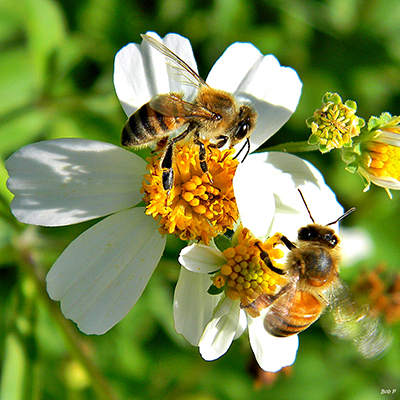
Even if you don't want to be a beekeeper, there are other ways of helping the bees.
Planting flowers, especially ones native to your area, help feed bees and other valuable pollinators. These plants also require less water and fertilizer. By having a pollinator-friendly garden, you help honeybees and their human friends.
Native wildflowers and flowering shrubs (such as blueberries) are great choices. Also, if you have the room, plant trees such as apples, pears, plums, and cherries.
Click here to see a list of general bee-friendly plants.
IMPORTANT: Bee careful where you buy your plants. Make sure to ask if the plants you are planning to buy have been pretreated with pesticides (particularly neonicotinoids) or if the plants are hybrids. Bees will not come to plants that are hybridized.
Mow the Lawn Less Often
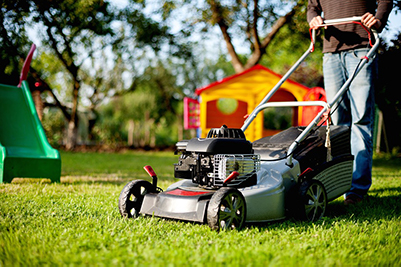
This is a great one. Less work for you and also benefits the bees tremendously. You won't believe what flowers will drop in over time.
What you can also do is just leave a small portion of grass unmowed and mow everthing else, if you would like. Maybe somewhere in the back where weeds and wildflowers can grow?
Let dandelions and clover live! 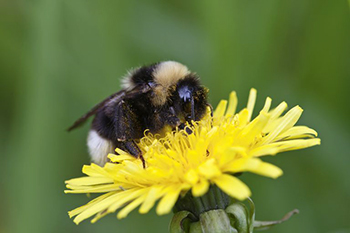 They are a haven for honeybees and other native pollinators. They're one of the first pollen-rich sources to spring up and also one of the last to go. Clovers are also great nectar and pollen sources that are easily accessible to a wide range of bees (even bees with short tongues.)
They are a haven for honeybees and other native pollinators. They're one of the first pollen-rich sources to spring up and also one of the last to go. Clovers are also great nectar and pollen sources that are easily accessible to a wide range of bees (even bees with short tongues.)
Don’t be so nervous about letting your lawn live a little. Wildflowers, many of which we might classify as weeds, are some of the most important food sources for native North American bees.
Give Bees a Drink
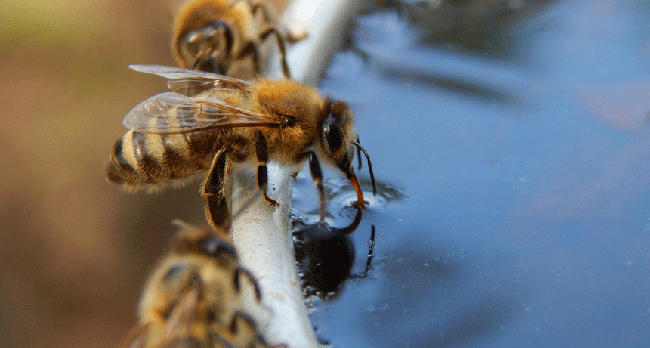
Bees are thirsty. No matter where you live - in an apartment with a balcony or in the suburbs with a spacious lawn - you can place a small basin of fresh water outside your home. The bees will appreciate this. Make sure it isn't a deep container, but if that's all you got, you can place some stones and floating cork on the water so the bees don't drown.
Buy Local Honey and Groceries
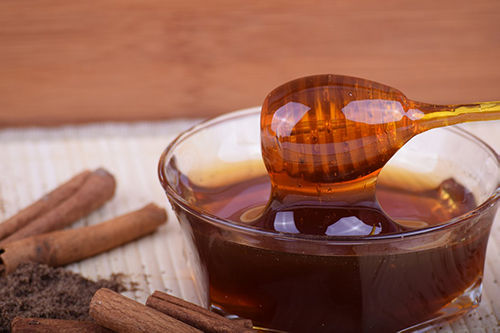
Avoid honey sold in bulk or in the supermarket unless you are sure of its provenance and quality. Always best to buy at farmers markets or directly from the beekeeper, so you can meet your beekeeper and ask him/her about their sustainable beekeeping practices.
The same goes for the rest of our food. Buy local, organic food from a farmer that you know in your local area.
Offer Wild Solitary Bees a Home
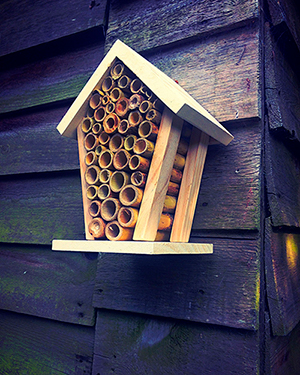
Many solitary and bumble bees build their nests in undisturbed land. Install a "bee hotel" or "bee condo", which you can build yourself or buy online. Also, you can drill holes in a dead tree that's still standing. This offers habitat to the many bee species that nest in pre-existing holes.
MUST WATCH: click here to find out about five MUST-SEE documentaries about honey bees.
Sources:
Save the Bees - 10 Simple Things YOU Can Do!
10 Ways You Can Help Save The Bees
Want to Save The Bees? Here's What You Should Know.
